When it comes to performing military or law enforcement duties, safety is always the top priority. In situations where their lives and the lives of others are at risk, wearing proper gear plays an essential role in ensuring their safety. A bulletproof shield is an indispensable tool in the field, providing extra protection for the user. Let us dive into the important specifications of a bulletproof shield that every military and law enforcement personnel needs to know.
Size and Weight
One of the essential specifications of a bulletproof shield is its size and weight. Size and weight are crucial factors that can affect the user’s mobility and handling ability. Generally, the standard size of a bulletproof shield is 20 inches wide and 34 inches tall. This size is large enough to cover the user’s vital organs, but not too cumbersome to carry around. The shield’s weight is another significant factor that can affect the user’s handling ability. Most bulletproof shields weigh between 8 to 15 pounds, making them easy to control and maneuver.
Material
The material used in making a bulletproof shield plays a vital role in its effectiveness in protecting against bullets. The most commonly used materials for bulletproof shields are Kevlar and Dyneema Spectra. These materials have a high tensile strength that can withstand the impact of high-speed bullets. Additionally, these materials are lightweight, making it easy for users to handle them during critical situations.
Transparency Level
The transparency level is another critical specification to consider when choosing a bulletproof shield. Ideally, a bulletproof shield should provide users with a clear line of sight, allowing them to spot the threats accurately. Typically, a bulletproof shield’s transparency level ranges from opaque to 50% transparency level. The level of transparency can affect the user’s ability to use the shield effectively. It is crucial to choose a shield that provides users with an adequate level of transparency.
Protection Level
The level of protection provided by a bulletproof shield is another essential specification to consider. The shield’s protection level is measured in units of National Institute of Justice (NIJ) certified standards. The NIJ standard measures the shield’s ability to absorb the impact of a bullet without damaging the user. A bulletproof shield’s protection levels range from level II to level IV. The level of protection can determine the caliber of bullet that the shield can resist effectively. It is, therefore, crucial to choose a bulletproof shield that can withstand the types of bullets prevalent in your line of duty.
Handling Grip
The handling grip is another important specification to consider when choosing a bulletproof shield. A good handling grip should be comfortable to grip and maneuver. Additionally, the grip should be durable enough to withstand frequent use. Most bulletproof shields feature a handle located at the back, allowing the user to hold the shield and move around quickly.
A bulletproof shield is an indispensable tool for military and law enforcement personnel. Its ability to provide extra protection is invaluable during critical situations. When choosing a bulletproof shield, there are several specifications to consider, including size and weight, material, transparency level, protection level, and handling grip. By considering these specifications, you can choose a bulletproof shield that meets your needs and provides the necessary protection during critical situations.
For more great articles, please click here.

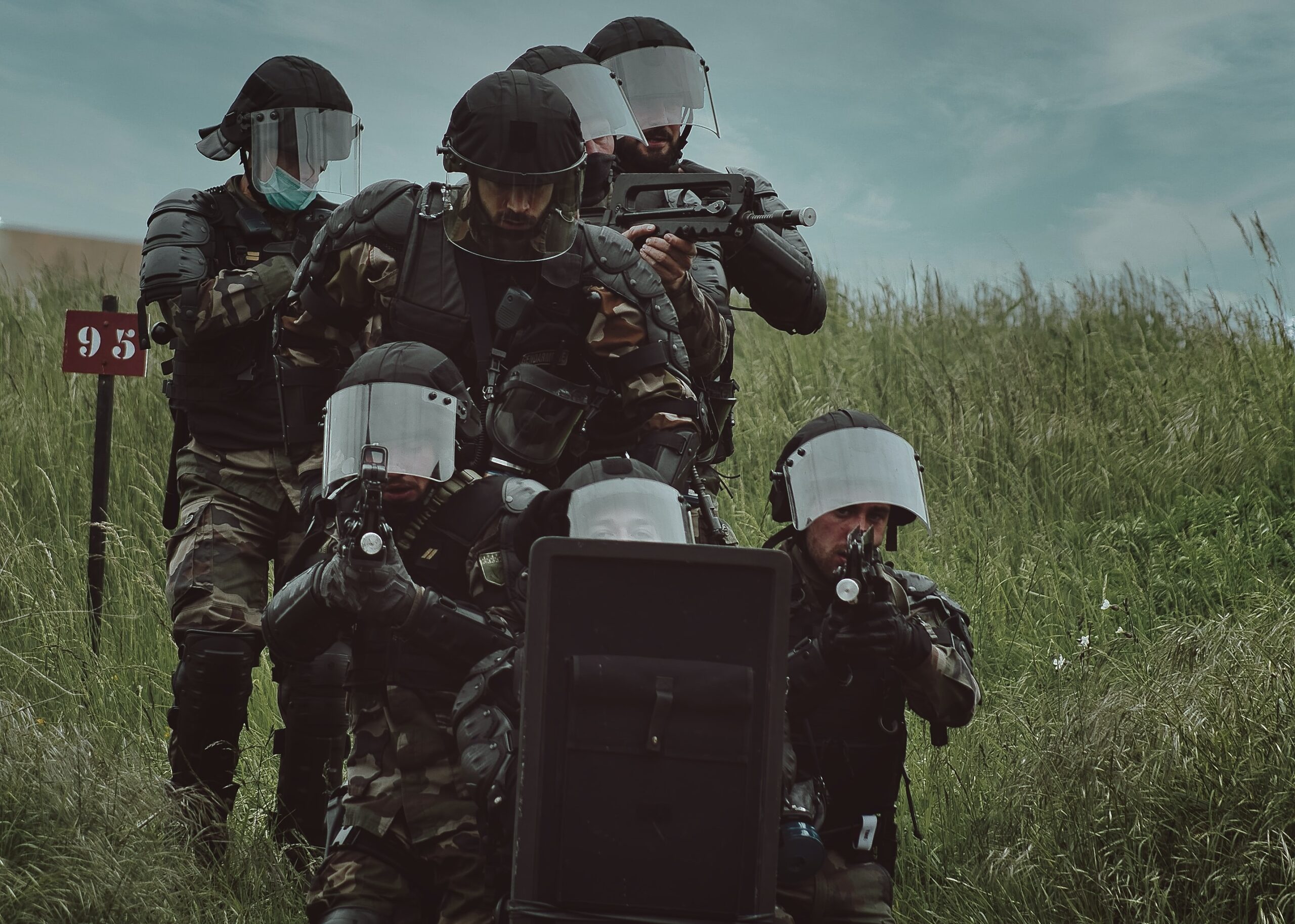
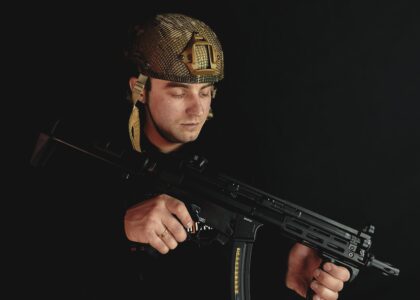
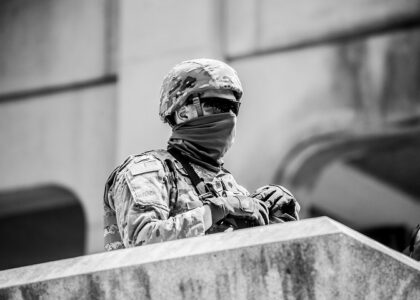
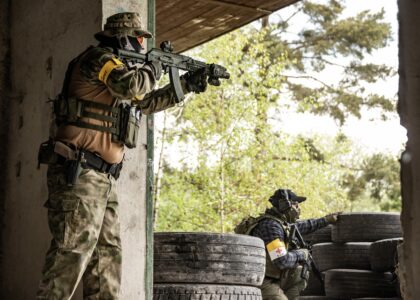
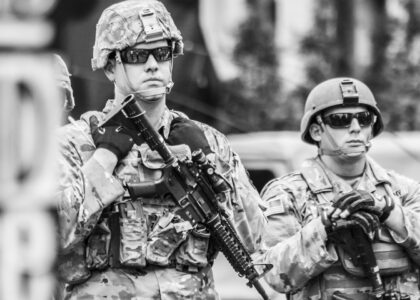
Recent Comments